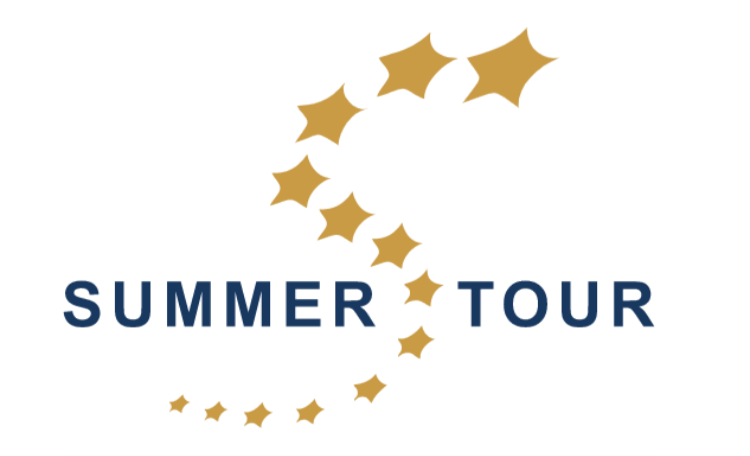Assoc. Prof. Dr. Tufan Cansever – Neurosurgery
Back pain is a common health issue that typically results from problems in the spine, discs, or ligaments in the lower back.Many factors can contribute to the development of back pain:
Factors Affecting Back Pain
Age Back pain tends to increase with age. After the age of 30, the risk of experiencing back pain rises due to the natural wear and tear of discs and other spinal structures.
Gender Back pain is equally common in both men and women, although some studies suggest that women experience it more frequently. Hormonal changes during pregnancy, menstruation, and menopause may contribute to back pain.
Occupation Physically demanding jobs, particularly those involving heavy lifting, prolonged sitting, or standing, can increase the risk of back pain.
Obesity Excess weight puts additional strain on the spine, leading to back pain.
Genetic Factors Genetic disorders affecting the ligaments and connective tissue can make spinal structures more fragile, increasing the likelihood of back pain.
Physical Activity Level Regular and appropriate exercise can strengthen muscles, improve flexibility, and reduce the risk of back pain.





Back Pain Treatment Methods
Medication Pain relievers, muscle relaxants, topical pain relievers (creams and ointments), and antidepressants (especially for chronic back pain) can help alleviate back pain.
Physical Therapy and Exercise Physical therapy is a cornerstone of back pain treatment. Physical therapists use methods like heat, ultrasound, electrical stimulation, and muscle stretching techniques to relieve pain and improve flexibility.
Injections If pain persists despite other treatments, injections like cortisone, ozone, and PRP can be used. These injections can be applied directly to the muscle or to the epidural space around the affected nerve roots to reduce inflammation.
Surgery Surgery is rarely needed for back pain. However, if the pain radiates to the leg or if nerve compression leads to weakness in the leg muscles, surgery may be beneficial. Surgical intervention is typically reserved for conditions like spinal stenosis, spondylolisthesis, or herniated discs.
Complementary and Alternative Therapies
Chiropractic Treatment A therapist manipulates the spine to relieve pain.
Acupuncture Sterile needles inserted at specific points on the body can help reduce pain.
Massage Therapy Massages can relax tense and tired muscles in the lower back.
Yoga A discipline involving specific postures, breathing exercises, and relaxation techniques, which can help manage back pain.
Bioenergy Therapy Bioenergy can help relieve emotional and physical stress that causes back pain.
Perception Shift In cases of long-term or idiopathic pain, mental techniques can help control and minimize the sensation of pain





















+ There are no comments
Add yours